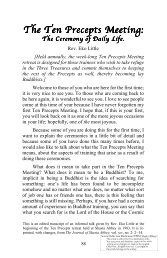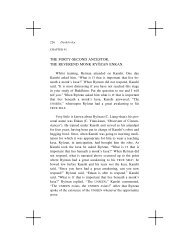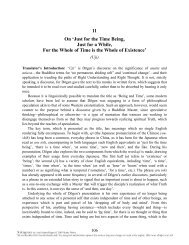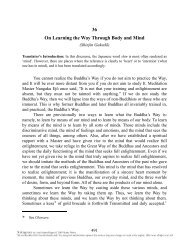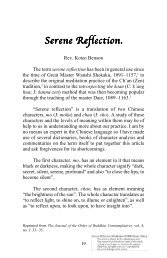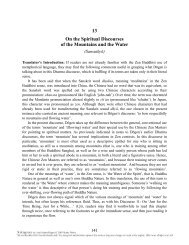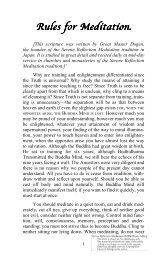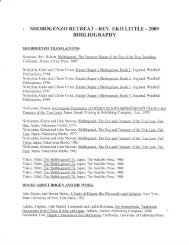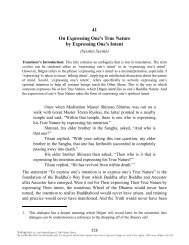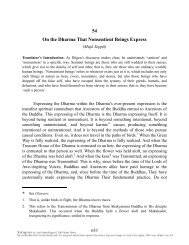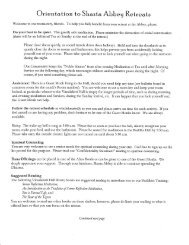SO TO ZEN - Shasta Abbey
SO TO ZEN - Shasta Abbey
SO TO ZEN - Shasta Abbey
Create successful ePaper yourself
Turn your PDF publications into a flip-book with our unique Google optimized e-Paper software.
Zen Buddhism and the West 89what Jung calls Òindividuation.Ó It is becoming Truth itself, agoal mankind is always trying to reach. In Zen we say ÒShowyour original face.Ó This showing of the Òoriginal faceÓ isJungÕs individuation. In his preface to SuzukiÕs Introduction toZen Buddhism, Jung writes, ÒZen is one of the most splendidmanifestations of the Chinese spirit blossoming from the greatand universal thought of the Buddhist world.ÓThe kernel of JungÕs psychoanalysis is difficult for mostWesterners to grasp. This is because he has opened up a newfield in Western thinking: he does not take the purely intellectualapproach resorted to by his predecessors, but has shiftedthe emphasis to life itself as an integrated whole. Therefore, toan Oriental, particularly to one who has studied Zen, his ideasare easy to grasp. Westerners do not readily understand theparadoxical expressions of Zen. There are many paradoxes inreligion. In terms of logic generally employed by people, it isimpossible to express a thing exactly. A deep experience canonly be expressed by paradox. In the Gospel of St. Matthew itsays: ÒHe that findeth his life shall lose it, and he that loseth hislife for My sake shall find it.Ó In Zen such paradoxes are verycommon indeed. ÒIn the midst of nothing, an inexhaustiblestore is found,Ó ÒFirst the great death, and then the great life,ÓÒEven though you fall from a towering cliff, you will berestored to life after your death,Ó ÒAlthough you may have beenseparated from the Buddha for ages eternal, you have not left




